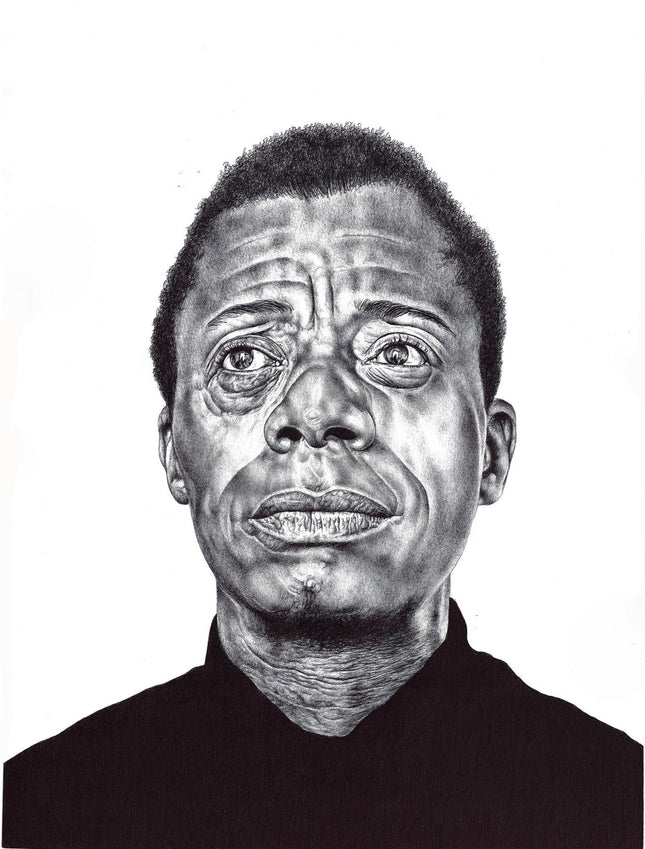
Gray/Grey
-

Mark Powell Saint Paul De Vence Original Pen Drawing by Mark Powell
Saint Paul De Vence Original Pen Ink Drawing Art on Archival UV Protected Matt Paper by Modern Pop Art Artist Mark Powell. 2021 Signed Original Ballpoint pen drawing Size: 43cm x 59cm Framed Drawing is protected by an archival UV protective matt varnish spray 16.9x23.2. Hyper Realistic & Photorealistic Image of a Man's Face The Penmanship of Mark Powell: Capturing Essence on Paper Mark Powell, a contemporary artist renowned for his unique approach to modern pop art, brings hyper-realism to the streets that often goes unseen in the typical vibrancy of street pop art and graffiti artwork. His piece "Saint Paul De Vence" is a prime example of his mastery with a simple ballpoint pen, creating depth, texture, and emotion on archival UV-protected matt paper. The artwork, signed and completed in 2021, measures 43cm x 59cm and showcases an intense, hyper-realistic image of a man's face, a testament to the human condition and the stories etched within. Street Realism: The Raw and Intimate in Mark Powell's Art Powell's "Saint Paul De Vence" represents more than just a technical achievement; it is a journey into the soul of its subject. The artwork, framed and safeguarded with an archival UV protective matt varnish spray, presents an individual whose life experiences are mapped out across the canvas of his face. Every line, wrinkle, and expression is rendered with meticulous detail, bringing the subject to life. This level of realism is often associated with high art, yet Powell's choice of materials – ballpoint pen and paper – roots his work in everyday life, making it accessible and relatable. The intimacy of the portrait invites viewers to contemplate the stories behind the eyes of the subject. It is this storytelling aspect that aligns Powell's work with the ethos of street art. The narratives of life, often unseen or overlooked, are brought to the forefront, compelling the audience to acknowledge the unspoken tales that unfold around them daily. Hyper-Realism in Street Pop Art While not commonly associated with street pop art and graffiti, hyper-realism finds a place in Powell's artistic lexicon. His technique challenges the notion that its bold lines and bright colors define street art. Instead, "Saint Paul De Vence" suggests that street art can be a space for subtlety and nuance. Powell's intricate shading and attention to detail pay homage to the very essence of street art: the ability to reflect reality and provoke thought. The emotion captured in the artwork transcends the medium, creating a connection with the viewer that is both immediate and profound. The subject's gaze penetrates beyond the surface, asking questions and evoking empathy. This level of emotional engagement is the hallmark of both street art and Powell's work, serving as a bridge between the viewer and the viewed. Mark Powell's "Saint Paul De Vence" is a remarkable piece within the street pop art and graffiti art world. It showcases the power of traditional techniques applied in new contexts and the ability of art to uncover the depths of human experience. As the painting hangs, protected, and preserved, it continues to speak volumes, reminding us that the stories of the streets are as varied as the people who walk them and that art is a language that can talk about life's intricacies in the stroke of a pen.
$854.00


